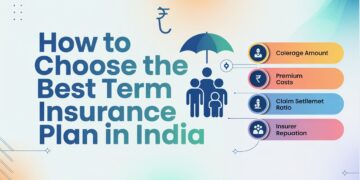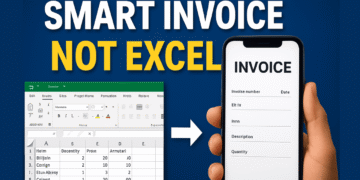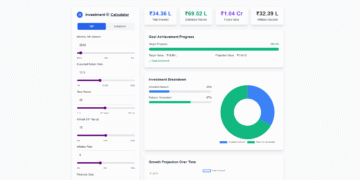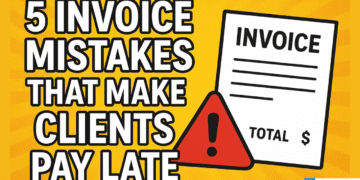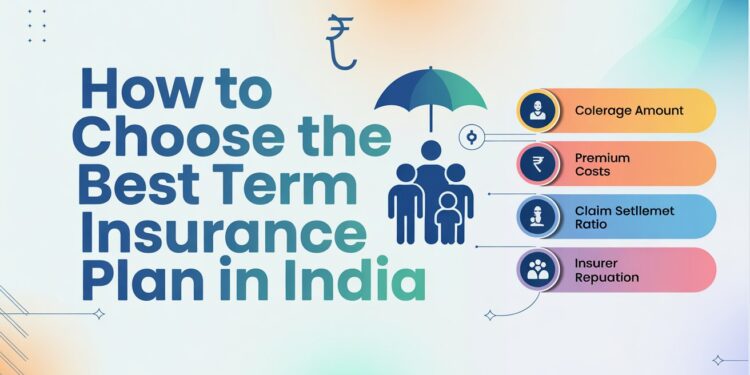Term insurance isn’t just a financial product; it’s a financial shield protecting your family’s dreams and daily life when you are no longer there.
Every responsible individual must secure this safety net. This detailed guide, based on real-world financial planning, will walk you through everything you need to know about purchasing the best term life insurance in India.
The Non-Negotiable Need for a Financial Safety Net 🛡️ (Why Term Life Insurance is Essential)
The unexpected truth of life is that we can’t predict the future. We often hear heartbreaking stories—like the viral post of a young girl losing both parents and fighting a severe illness, forcing her to seek financial aid.
This tragedy raises one critical question for every breadwinner: Is my family financially secure if I am not with them tomorrow?
Life’s uncertainties should not become a financial burden for your loved ones. A strong financial shield ensures that their daily expenses, children’s education, and major EMI payments continue uninterrupted.
The simplest and most effective way to secure this protection is through Term Insurance.
- ALSO READ: How to Renew Your Bike Insurance Online
Understanding Term Insurance: The Purest Form of Life Protection
What is Term Insurance?
Term insurance is the most straightforward and purest form of life insurance. Its primary goal is singular: Protection. The greatest advantage is the ability to secure a large life cover (Sum Assured) by paying a very small, affordable annual premium. If the insured person passes away during the policy term, the nominee receives the large sum, providing crucial financial support.
Term Insurance vs. Traditional Plans
It’s vital to understand what sets a term plan apart:
| Feature | Term Insurance (Pure Protection) | Traditional/ULIP Plans (Protection + Investment) |
|---|---|---|
| Primary Goal | Pure Protection (Financial Security) | Protection + Investment/Savings |
| Premium | Very Low (Highly Affordable) | High (Includes Savings Component) |
| Sum Assured | Very High Coverage | Moderate to Low Coverage |
| Maturity Benefit | Usually None (Money-Back Option Available in TROP) | Maturity Value is Paid Out |
The Golden Rules: How Much Cover is Enough and When to Buy?
The Term Insurance Thumb Rule (How Much Cover Do I Need?)
A generally accepted thumb rule is that your term cover should be at least 15 to 20 times your current annual income.
- Logic: This ensures that if the breadwinner is gone, the family has enough capital to cover at least 15-20 years of living expenses and repay any outstanding large loans (like a home loan).
Example: If your annual income is ₹5 Lakhs, you should ideally aim for a ₹1 Crore Term Cover (20 times the income).
Why Delaying Term Insurance is a Costly Mistake ⚠️
Postponing this purchase is one of the most expensive financial errors you can make. The premium is locked for the entire policy term at the rate applicable to your age when you buy it.
| Age at Purchase | Cover Amount | Monthly Premium (Approx.) | Difference Per Month |
|---|---|---|---|
| 25 Years | ₹1 Crore | ₹900 | ₹0 |
| 35 Years | ₹1 Crore | ₹1,370 | ₹470 Higher |
3 Key Benefits of Starting Early:
- Lower Premium: You pay the lowest premium, which is permanently fixed/locked for the policy duration.
- Better Health: A young age generally indicates better health, ensuring the policy is issued without hassle and minimizing the chances of policy rejection.
- Maximum Coverage: It protects your family during your crucial wealth-building years.
Advanced Term Options: Plans, Riders, and Choosing Your Insurer
Different Types of Term Plans (LSI Keyword: Term insurance options)
Most life insurance companies offer three common plan types:
- Regular Term Plan: The simplest and cheapest form of pure protection.
- Term with Return of Premium (TROP): If you survive the policy term, the entire premium paid (excluding GST) is returned. Note: The premium is significantly higher than a Regular Plan.
- Increasing Term Plan: The Sum Assured increases slightly each year to offset the effects of inflation.
Essential Riders You Should Consider
Riders are optional add-ons that enhance your coverage for a slightly higher premium. Some non-negotiable riders are:
- Accidental Death Benefit: Pays an extra sum if death occurs due to an accident.
- Critical Illness Rider: Provides a lump-sum amount upon diagnosis of a serious illness (like cancer or heart attack), helping cover treatment costs.
- Waiver of Premium Rider: If you become permanently disabled, all future premiums are waived, but the policy continues to be active.
How to Select the Best Insurer: The CSR Check
The most critical parameter when choosing an insurance provider is the Claim Settlement Ratio (CSR).
- CSR Explained: It is the percentage of total claims received by the company in a year that were successfully settled (paid out). A higher CSR is generally better.
- Expert Tip: Check CSR by Value: Don’t just look at the number of claims settled. You must check the Claim Settlement Ratio by Value. This shows the percentage of the total claim amount paid out by the company, giving you a truer picture of its reliability, especially for large claims.
Common Term Insurance Mistakes to Avoid
Finally, let’s look at the mistakes you must avoid to ensure your family benefits when they need it most:
- Not Buying at All: The biggest mistake is assuming it won’t be necessary.
- Buying Inadequate Cover: Taking a cover amount that is too low to meet future financial needs.
- Hiding Medical Information: Always be 100% truthful during the application. Any discrepancy can lead to the rejection of the claim later.
- Not Informing Your Family: This is the most crucial oversight. Your family must know that a term policy exists, where the papers are kept, and how to file a claim. If they don’t know, the policy is useless.
Term insurance is the ultimate act of love and responsibility. Don’t leave your family’s future to chance; secure their tomorrow, today.
